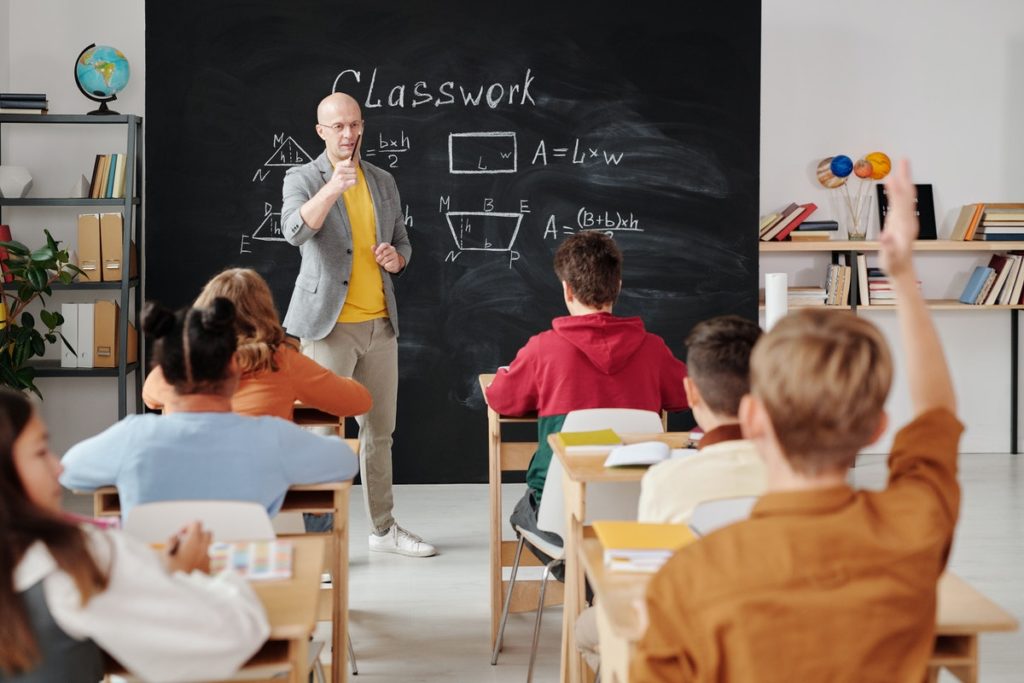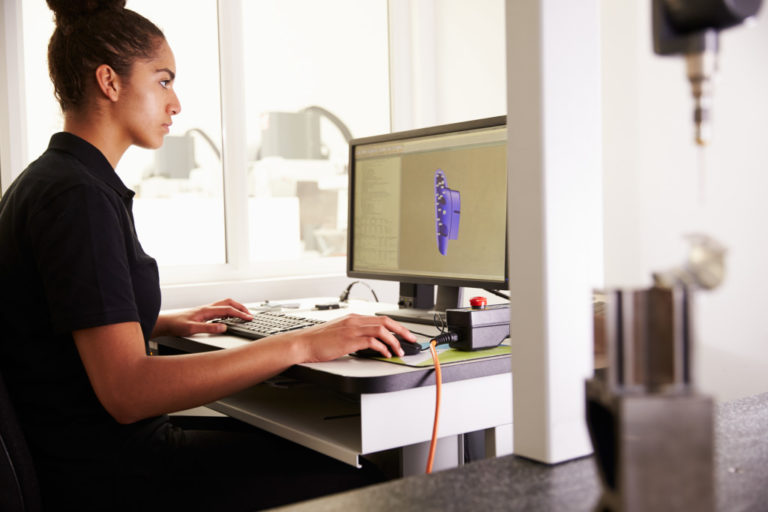In a traditional and practical classroom setting, the teacher can control the environment and give students one-on-one attention. The room allows the teacher to gauge the student’s understanding and provide feedback. In addition, traditional classrooms allow for collaboration among students, promoting critical thinking skills.
For years, academic institutions relied on the learning environment model for teaching students. Massive waves of technological and digital advancements arrived and improved the educational system, but the traditional classroom setup grows strong. However, it doesn’t mean it will still have its place is permanent.
Academic institutions turn their attention towards changing the traditional classroom setup because of the restrictive protocols created by the Covid-19 pandemic. Schools rely on technology to bring about a new age of learning beyond the conventional classroom to avoid endangering students’ health and safety. Here are some of the most innovative and flexible approaches to education as the world searches for effective alternatives to the classroom setup.

Online Classes
The Covid-19 pandemic has forced academic institutions to rethink the traditional classroom setup and turn to online classes as an alternative. With the global pandemic continuing to cause health concerns, it is not safe for students to gather in a physical classroom. Online courses offer a way for students to learn without putting their health at risk.
In addition to being a safer option, online classes also have many benefits. The digital alternative to classrooms allows students to learn at their own pace, work from home, and connect with classmates worldwide. Online classes are the future of education and will continue to grow in popularity as more and more schools make them available.
Virtual Reality
Virtual reality is an immersive experience that puts students in the middle of the action. It can be part of the learning experience for various subjects, from history to science. With virtual reality, students can explore different worlds and learn in a more hands-on way.
Virtual reality is also a great way to engage students who are not interested in traditional classes. It makes learning fun and exciting, and students are more likely to retain the information they know. Virtual reality for education is quickly becoming one of the most popular ways to learn and will continue to grow in popularity in the years to come. It is already making headlines in entertainment and gaming. eLearning is already making strides in the business landscape as well. Education seems like the next stop for virtual reality dominance.
Augmented Reality
Augmented reality is similar to virtual reality, but it uses digital enhancements instead of total immersion. The device allows students to see the natural world around them while interacting with digital enhancements. For example, they could be looking at a map of ancient Rome and see buildings and people that were not there.
Augmented reality is perfect for subjects like history and geography. It brings past civilizations and situations to life and allows students to explore different cultures. Augmented reality is also great for science experiments. Students can perform experiments right in their classrooms without worrying about dangerous chemicals or explosions.
Biometrics
One of the most exciting educational trends is biometrics in the classroom. With biometrics, students can use their fingerprints, eyes, or voices to log in to their accounts and access their lessons. It eliminates the need for passwords and makes it easy for students to get started on their work.
In addition, schools and teachers can use biometrics to track student progress. Teachers can see which lessons students have completed and how they are performing on tests and quizzes. It helps teachers identify which students need more help and which classes need to be revised.
Biometrics is the future of education and will continue to grow in popularity as more and more schools adopt it into their classrooms. It is a safe, secure, specific, and efficient way to learn, and it is sure to revolutionize the way students access their education.
However, it is not only flexible for classrooms. Academic institutions can also use it for online classes to keep track of each student’s learning journey to ensure that equity is achievable in learning. The strategy means every student will have the unique setup they need to take in all the lessons and topics necessary to pass.
The traditional classroom setup will always have a place in education, but it is no longer the only option. With technology advancements like online classes, virtual reality, and augmented reality, students now have a variety of ways to learn. These new methods are more engaging and exciting than traditional classes, and they are sure to be the next phase of education. There will be many advancements to arrive, especially in an industry as vital as education. For now, these modern trends are the ones to watch when you send your kids to school, and they might not even leave the house to accomplish that.

















